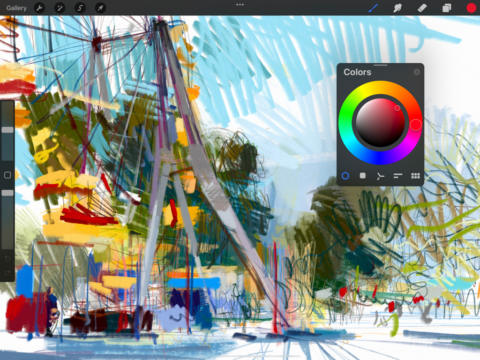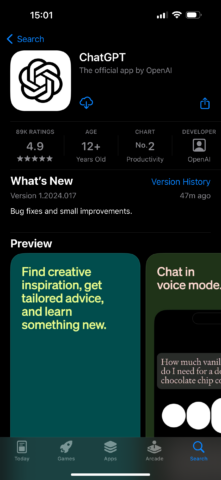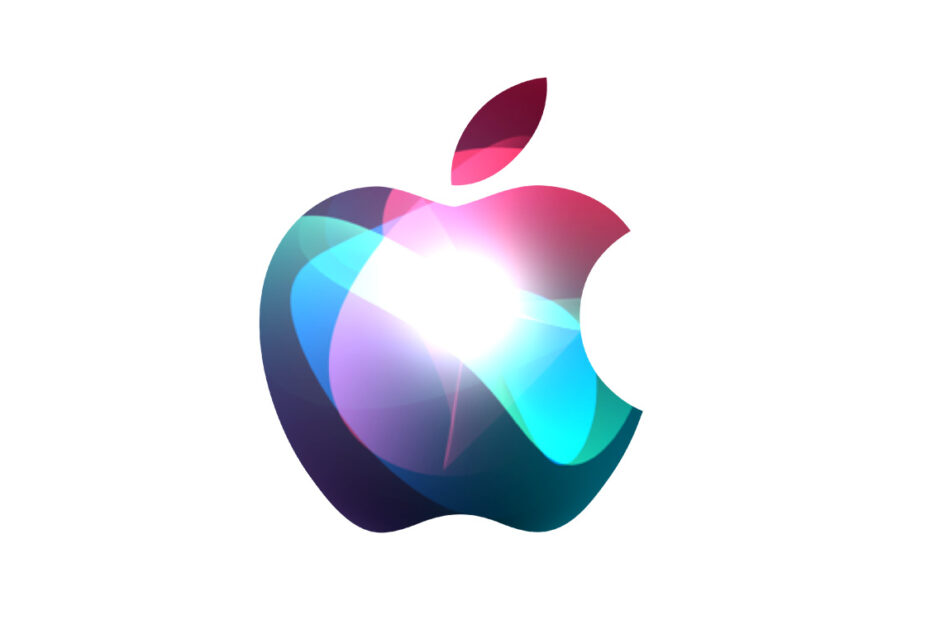That Apple’s not first in AI doesn’t matter – but it needs to be the best
AI is the tech industry’s current obsession. Companies are clamoring to say every gadget they sell is AI-powered. Except for Apple. Reading through its website, you’d be inclined to think it doesn’t use AI at all.
But that’s not the case. AI is infused deep into your iPhone and iPad. Apple uses machine learning to curate content in Journal, detect faces in Memories, assist with image processing, and serve smart suggestions in search. Even your keyboard’s autocomplete leverages the technology.

Journal uses machine learning to offer suggestions.
However, Apple doesn’t shout about any of this. And there’s also a sense Apple’s behind the curve, in part because rivals do shout, but also because systems they’ve baked into their products showcase Apple’s perceived shortcomings. For example, Siri is more limited than other virtual assistants. And Android smartphones have far more powerful AI-assisted image editing and audio transcription than you get in Apple’s apps.
Apple is expected to ramp up its AI efforts this year (if not its use of the term). As this unfolds, here are six guidelines Apple should use to influence its direction.
Bring the humanity
Siri emphasizes the ‘artificial’ in ‘artificial intelligence’. Too often, you’ll ask a HomePod a question and it’ll suggest you ask again on an iPhone, rather than giving you an answer. Even on an iPhone, Siri often says it found something on the web and leaves you to tap links. Elsewhere, you need to use clipped sentences and very specific wording. Ideally, Apple would make interacting with AI components closer to a natural conversation.
Help – don’t replace – people
Many creatives are concerned by generative-AI, because of how quickly it can construct images, videos, words and sounds, essentially by remixing countless existing works. And with Apple existing at the intersection of technology and the liberal arts, it’s long been favored by creative people and should do well by them. So we’d hope Apple AI will assist and streamline, rather than do everything for you. So no GarageBand making a song from a text prompt; instead, apps should accelerate and guide creative efforts.

Creativity is a cornerstone of Apple products. That needs to continue, not be replaced by automation via AI.
Make AI meaningful
It’s not a bad sign that Apple isn’t screaming “Look at ME!” regarding AI. And we’d hope that everything it does in this space will help people solve real problems, because we don’t need more gimmicks. So playlists based on use cases, maybe even beat-matching to exercise. Automatic transcription and summaries of recordings in Voice Memos. Code auto-complete and suggestions. All things that help improve our lives, save us time, and help us learn.
Share the love
Innovations Apple creates in this space will only provide optimum value when they are spread fully throughout its ecosystem. If they’re locked into Apple apps, that won’t be enough. Apple needs to decide on its direction for various AI implementations and then allow developers to work with them. Then every app can be an AI app, within the boundaries we’re discussing here. And speaking of boundaries, openness comes with responsibilities, and so Apple will need to be strict with anyone found to be misusing its AI implementations.

AI apps already exist. But soon, most apps could integrate AI elements.
Be responsible
Continuing on that theme, AI doesn’t have the best reputation. It’s frequently used to plagiarize. There are issues with privacy and rights, with people’s data being used to train AI models. And there’s the major problem of understanding what has been generated by people and what was not – and reviewing such distinctions being next to impossible. Apple has the wherewithal to meet such challenges – for example, dealing with privacy by way of its existing strengths in that area and tendency towards on-device processing.
Get it right
Apple is rarely first in tech. But when its solutions arrive, they tend to improve on the competition, to such an extent that they’re then considered ‘obvious’ and frequently imitated. With AI, Apple must therefore adopt an innovative and forward-thinking approach, but above all one that’s robust and meaningful.
We don’t want its language model to hallucinate – we want it to be accurate. We don’t want automations you then have to spend time overriding and fixing. And we don’t want image edits that look great until the second you zoom in.
In short, we want Apple to do AI in the best possible way. Anything less doesn’t seem that intelligent to us.

